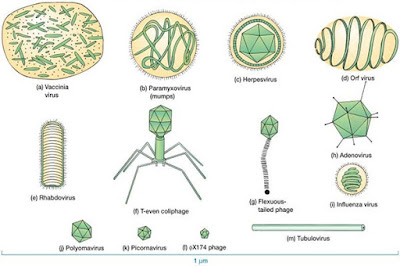Most fungi are eukaryotes, use spores to reproduce, and are heterotrophs.
Most fungi feed by absorbing food through their hyphae. The hyphae produce and discharge digestive chemicals into a food source, which is broken down into small substances that are absorbed by the hyphae.
Fungi produce spores in fruiting bodies. Most fungi reproduce both asexually and sexually.
Fungi are decomposers that recycle Earth's chemicals.
Hypha - One of many branching, threadlike tubes that make up the body of a fungus.
Budding - A form of asexual reproduction in which a new organism grows out of the body of a parent.
Fruiting body - The reproductive hypha of a fungus.
Lichen - The combination of a fungus and either an alga or an autotrophic bacterium that live together in a mutualistic relationship.
Hypha - One of many branching, threadlike tubes that make up the body of a fungus.
Budding - A form of asexual reproduction in which a new organism grows out of the body of a parent.
Fruiting body - The reproductive hypha of a fungus.
Lichen - The combination of a fungus and either an alga or an autotrophic bacterium that live together in a mutualistic relationship.
Classification of Fungi
Threadlike Fungi - This group contains about 600 different species of molds, including many common bread molds. These fungi produce spores in their threadlike hyphae.
 |
| Source: Emaze |
Sac Fungi - This group contains over 30000 diverse species of fungi, including yeast, morels, truffles, and some fungi that cause plant diseases, such as Dutch elm disease. They are called sac fungi because they produce spores in structures that look like sacks.
 |
| Source: Toronto Wildlife |
Club Fungi - This group includes about 25000 species of mushrooms, bracket fungi, plant parasites, and puffballs. Club fungi produce spores in structures that look like clubs.
 |
| Source: Wikispace |
Imperfect Fungi - The 25000 species in this group include this Penicillium, the source of an important antibiotic. The fungi in this group are not known to reproduce sexually.
 |
| Source: Wikispace |



